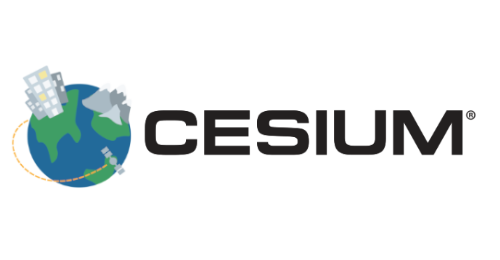 If you’ve seen the newer USB-C ports on laptops and peripherals, you know what to expect in 2020.
If you’ve seen the newer USB-C ports on laptops and peripherals, you know what to expect in 2020.
The MacBook Pro has combination USB-C and Thunderbolt ports. USB4 marries the two technologies.
USB4 is done, the group developing the next version of the immensely successful USB connector technology said Tuesday. USB4 doubles speeds compared to today’s fastest USB 3.2 by incorporating Intel’s speedy Thunderbolt technology that you already see on high-end laptops and peripherals. The USB Implementers Forum announced the completion of the technical specification Tuesday, a move that frees hardware and software engineers to get cracking building the actual products to support it.
Today’s USB 3.2, which enables data transfer speeds up to 20 gigabits per second, is still something of a rarity; most of us have earlier versions of the technology that works at 5Gbps or 10Gbps. USB4 promises a speed boost to 40Gbps, helpful for things like using multiple external displays or fetching files from external hard drives.
In short, USB4 promises to make all those cable connections faster, more useful and easier to use. And if all goes to plan, it should start making it safer for device makers to stop offering devices, chargers and other devices that use old-style rectangular USB-A or the smaller USB Micro B ports. That should help spread new USB into more chargers, laptops, airplane seat backs, power strips, cars and electronic devices.
As with earlier USB upgrades that required backward compatibility, you’ll still be able to plug old USB equipment into new USB4 ports. But USB4 requires new-style USB-C connectors — the oval ports that appear on both PCs and phones and that no longer require you to worry about which side is up. So you may need a dongle to keep those older devices working.























